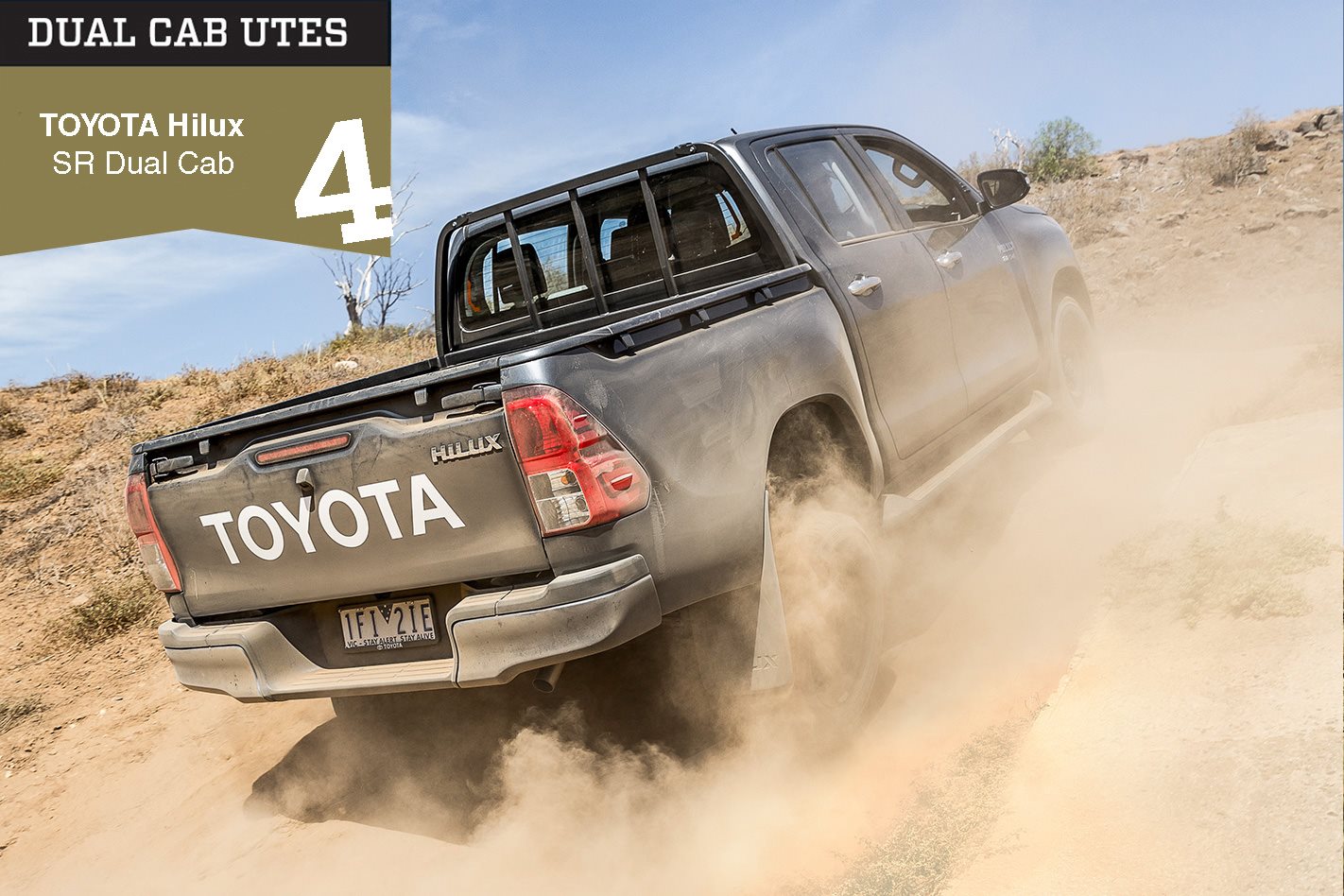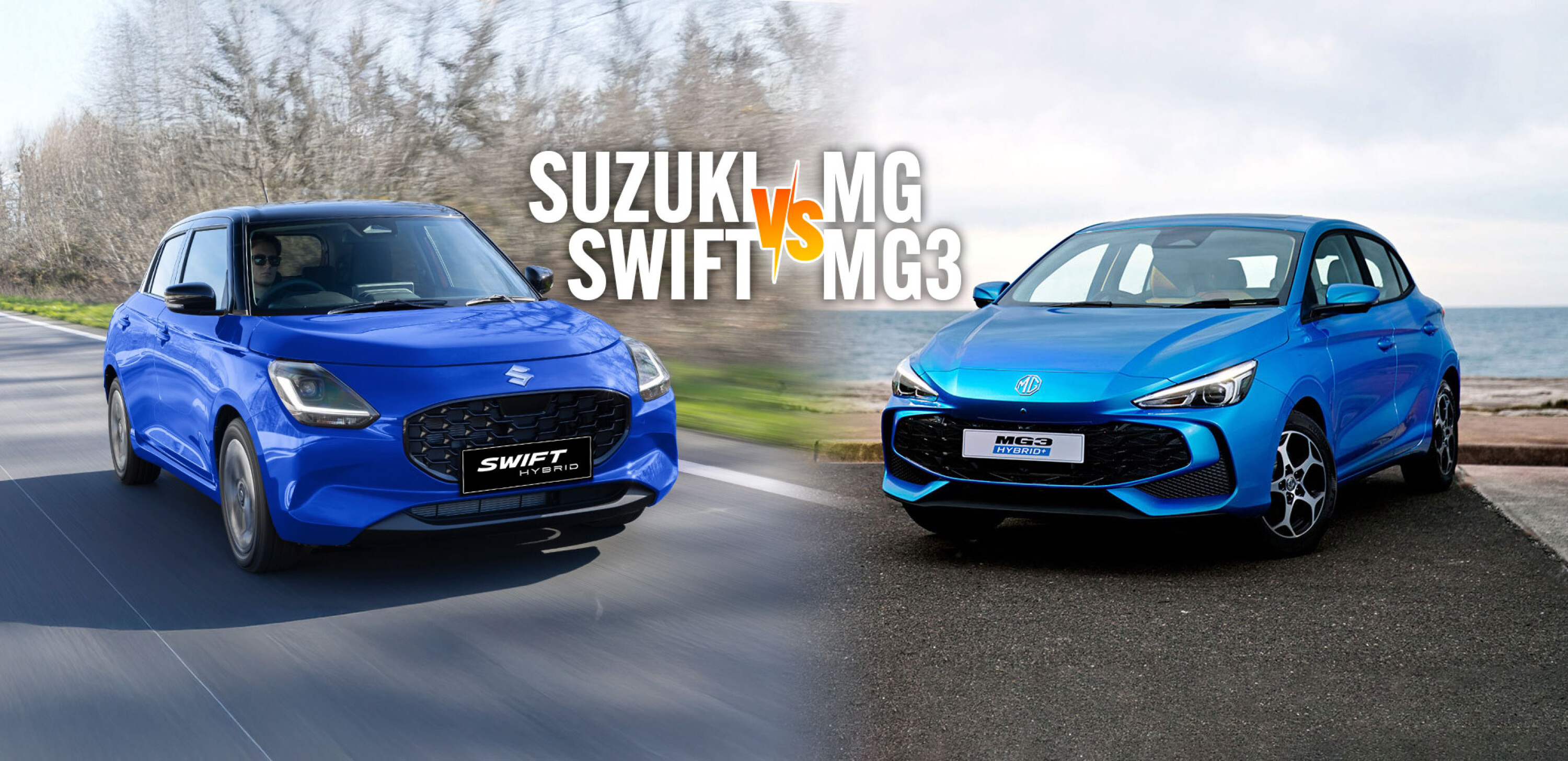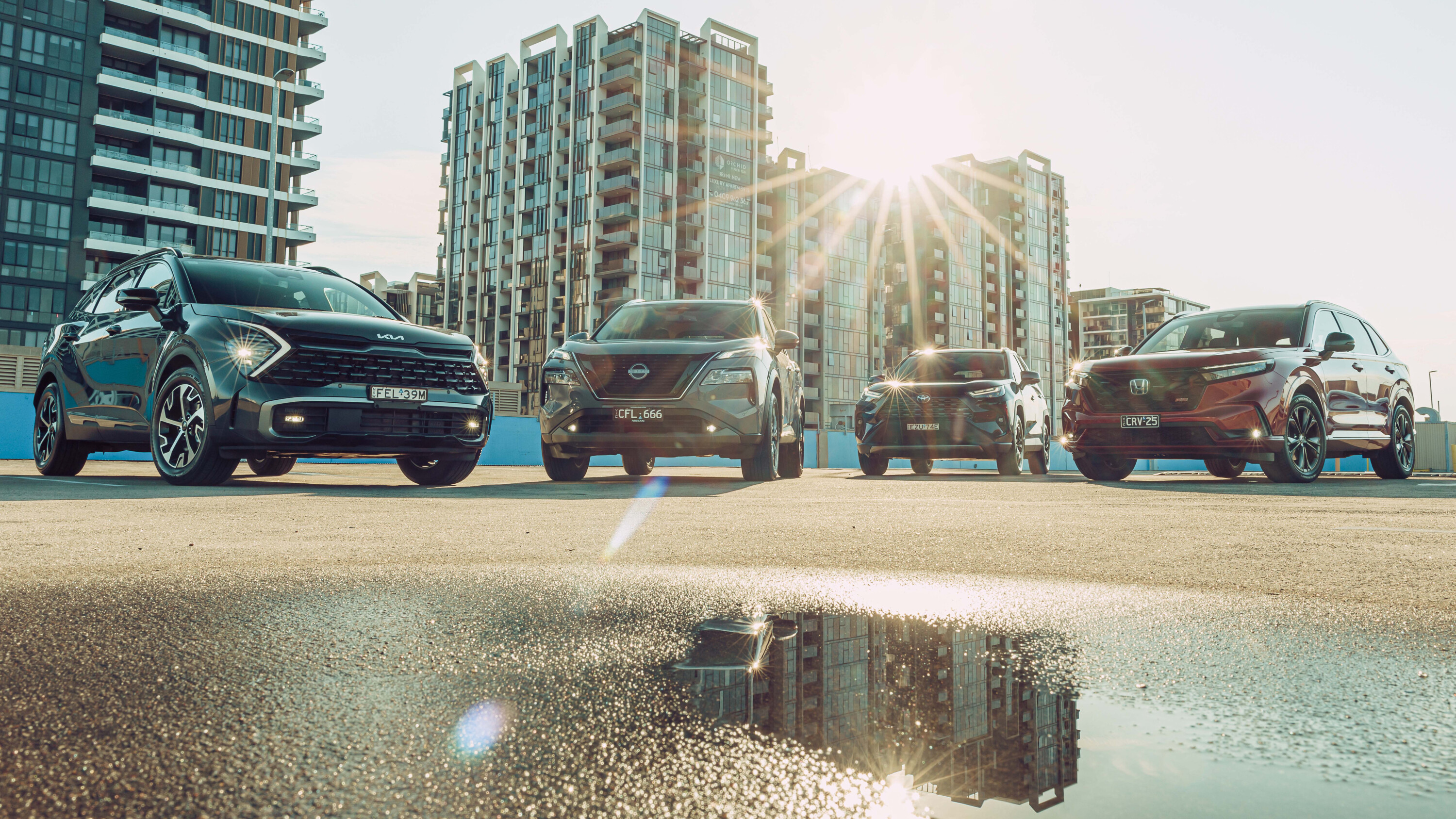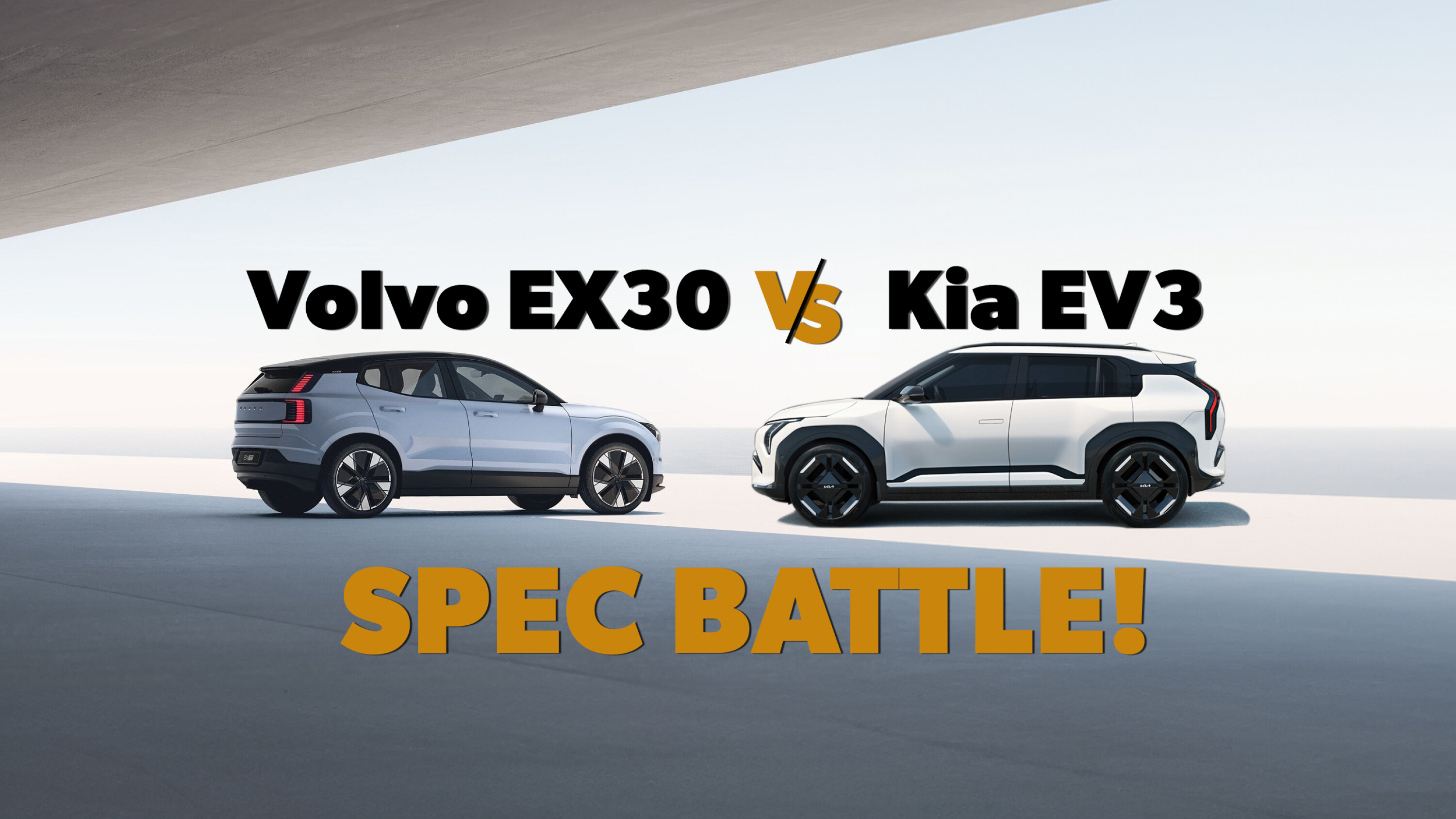There’s never been a better time to review the dual-cab 4×4 class of 2016 than right now. Wheels pitches eight of the biggest sellers in the segment for the title of King of the Heap. Here’s number four, the Toyota Hilux.
First published in the May 2016 issue of Wheels magazine, Australia’s best car mag since 1953.
TOYOTA’S ownership of this segment was once so absolute that ‘Hilux’ just about became the non-enthusiast’s term for anything that resembles a 4×4 ute, the way a non-barbeque enthusiast refers to ‘a Weber’. Intensifying competition saw Toyota really ramp up development for this eighth-generation model, as well as increasing Toyota Australia’s involvement in all aspects ranging from dynamics to load carrying and accessories.
Given Toyota also had the advantage of targeting the class-leading Amarok, you’d rightly expect big things from the new Hilux. We sure did.
You still get traditional Toyota virtues like rock-solid reliability and resale value, idiot-proof functionality and the confidence you’ve made a solid, gamble-free choice. However, you also get a 4×4 ute well short of best-in-class for dynamics and on-road performance. We won’t sugar-coat this: The all-new Hilux is, compared to the standard-setter, stiff and bouncy in its ride, neither fast nor frugal, and downmarket in its interior accommodation.
Hilux’s shortcomings are clear the moment you slide behind the wheel. You may be greeted by an all-new dash, but the design is a collision of mismatched surfaces and too many ideas. Functionality may be fine, but it’s an aesthetic no-man’s land, with HVAC controls like a ’90s Corolla, a hard plastic wheel in SR spec, and hose-out door bins. The only element that looks remotely contemporary is the multimedia screen, which, depending on your point of view, either looks vaguely like a tablet well positioned in the centre or an afterthought from an automotive superstore.
On the plus side, the basic, fully manual HVAC system, with minimal microswitches and solenoids, has less to go wrong in harsh and dusty Aussie conditions, and credit needs to be given to the rubber dust covers that plug the USB and audio inputs. And driving position, ergonomic details and general functionality are fine; it just feels like the car equivalent of a site office.
Rear-seat accommodation may not differ too much from the rest of the field, but an even more upright backrest than the worst offenders, a short cushion and lack of vents make it a thoroughly unappealing place.
Then there’s the suspension tune. Switching from the plush-feeling Amarok to the ultra-terse Hilux on the Hume is like going from an armchair to copping kidney punches from Danny Green. Sure, the Hilux is set up to carry Uluru on its back, and a load in the tray or even adding a hard canopy would be sufficient weight to tame the rear suspension a little. But we rate ’em as we find ’em, and the Hilux SR is one stiff, unforgiving brute over Aussie backroads. The upside may be crisp steering and better body control than the tail-enders, but it’s still hard to reconcile the trade-off for a recreational cruiser.
The new 130kW/450Nm 2.8-litre turbo-diesel four delivers decent refinement for this class, and is mated to a well-mannered six-speed auto, but this powertrain does not provide swift performance. Hilux was slowest of our group over 400m, yet its 8.5L/100km fuel number is nothing special.
Hilux does provide a strong sense of bush-bashing competence and durability, which goes some way to mitigating its on-road shortcomings, though not quite far enough.
Off-road performance
Take the Hilux off the smooth stuff and it starts to make a more persuasive case, steaming up steep climbs and putting its generous new levels of rear-wheel travel to good use. Its traction control is quick-acting and, even better, quick to release. Engaging the rear diff lock cancels the traction control on both axles, though, so some climbs are actually more effectively tackled without even locking the rear diff.
 SPECS
SPECS
Model: Toyota Hilux SR Double Cab
Price as tested: $48,490
Engine: 2755cc 4cyl, dohc, 16v, TD
Power: 130kW @ 3400rpm
Torque: 450Nm @ 1600-2400rpm
Transmission: 6-speed automatic
Dimensions (L/W/H/W-B): 5330/1855/1815/3085mm
Weight: 2080kg
Tray capacity: 920kg
Braked towing capacity: 3200kg
Unbraked towing capacity: 750kg
Ground clearance: 279mm
Tyres: Dunlop Grand Trek 265/65R17
ADR81 fuel consumption: 8.5L/100km
0-100km/h: 12.9sec
0-400m: 18.9sec @ 122.0km/h
80-120km/h: 9.0sec
3yr resale: 66%
Plus: Functionality; off-road performance; dealer network; ‘unbreakable’ reputation
Minus: Stiff, jarring ride; flawed cabin; neither quick nor frugal






